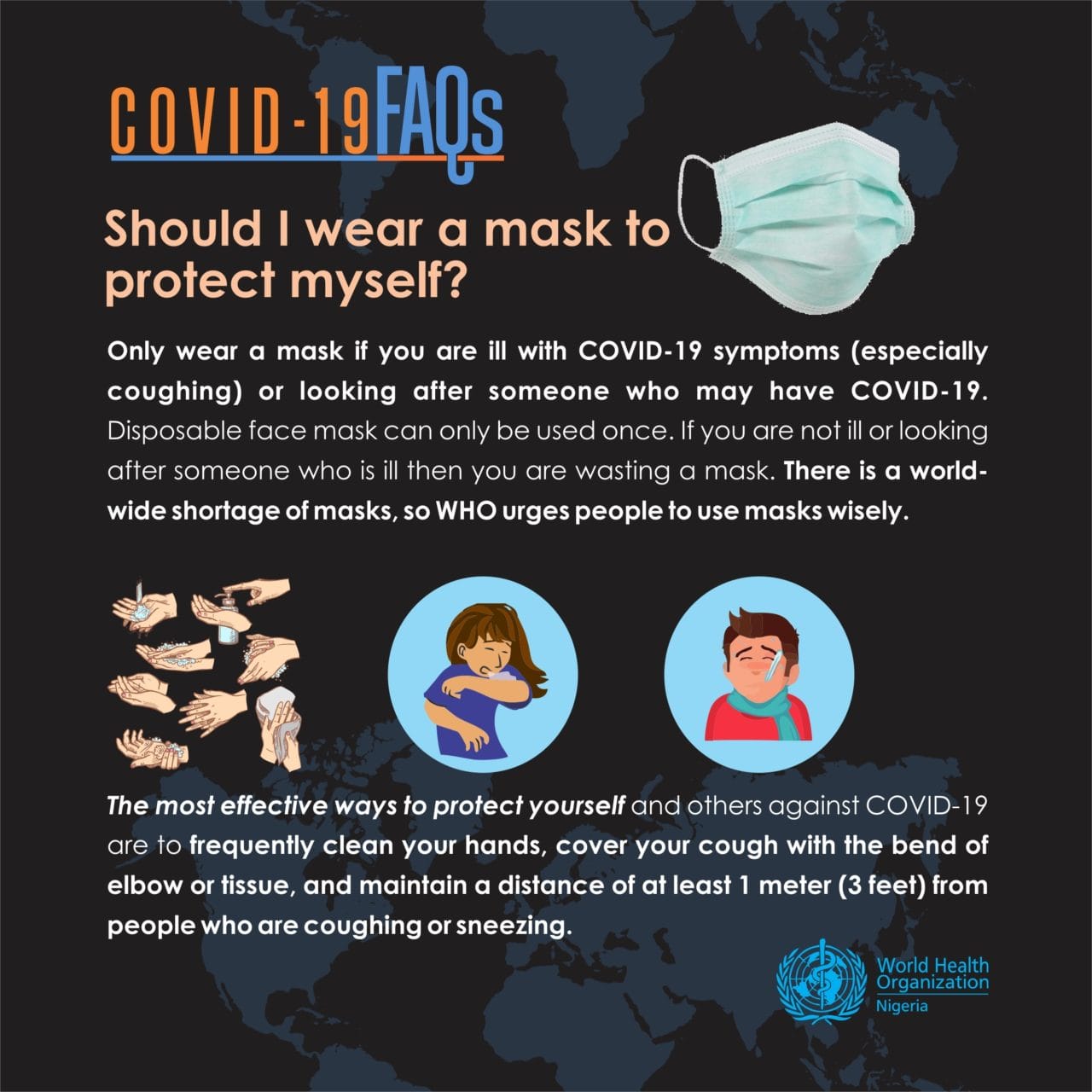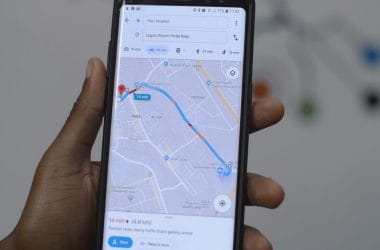Social Distancing, Self-Isolation and Quarantine, are some terminologies we’ve come to better understand this period, due to the COVID-19 pandemic. If you’re still not clear on what each means, here’s a run through;
Self-Isolation; limiting contact with others, if one starts to feel slightly ill or even before symptoms start – as a precautionary measure – if one is likely to have been exposed to infected persons. In this case, people are advised to stay at home and practice self-isolation.
Quarantine; similar to self-isolation but for those who have been exposed to a person with COVID-19 but are yet to test positive.
Social Distancing; which would seem to have become the most preached about, is a preventive strategy, in reducing the ways people come in touch with each other and essentially, slowing down the spread of COVID-19. Staying at home, avoiding crowds and refraining from touching one another, are some examples of maintaining social distancing.
In a practically recommended sense, The World Health Organization (WHO) advises that you should maintain at least 1 metre (3 feet) distance between yourself and anyone who is coughing or sneezing, and as an even better precautionary measure, the more advocated distance of 2 metres (6 feet) by the NCDC (Nigeria Centre for Disease Control). This is because when someone coughs or sneezes, they spray small liquid droplets from their nose or mouth which may contain the virus. If you are too close, you can breathe in the droplets, including the COVID-19 virus, if the person coughing has the disease. In an article by Vox, on the contagion of coronavirus, an infected person will infect 2 to 2.5 others on average, versus about 1.3 others with the flu.
If wishes were buses….
In many states and provinces around the world, governments and authorities have deployed the stay-at-home order – which is an order to restrict movements of population – as a mass quarantine strategy, to mitigate the spread of the virus. With exception to essential tasks or businesses, that may include health and financial workers. In a country like Nigeria however, where the informal economy stands as an important source of livelihood for individuals and families and constitutes over 40% of the economy, the stay-at-home order has raised growing concerns. Primarily because of the structure of businesses and methods of income generation in this sector, that essentially involves physical interaction between individuals.
In Lagos state, a densely populated urban centre and the country’s economic nerve, the story isn’t different. Even with the recently enforced market closure, people who cannot afford to stay at home, may still go about their daily activities; commuting, with the hopes of not contracting the disease and each individual taking responsibility for their hygienic practices. This, begs the question on the practicality of social distancing, especially in public transportation in Lagos.
In what is intended to be a remedial action, the Lagos State Government in a statement by the Commissioner for Transportation, Dr Frederic Oladeinde, a few days ago, issued guidelines of public transportation; to be adhered to, by transport operators/companies and all commuters. While these guidelines are essentially hinged on enforcing sanitary hygiene practices in motor parks and amongst commuters, they also address overcrowding of passengers on buses, that includes, a new passenger capacity of 60% and not 100%.
What is the fate of the Lagos commuter?
The standard passenger capacity for the Lagos transit bus popularly known as the ‘Danfo’, is between 13 and 14. With a sitting arrangement of 1 or 2 passengers in the driver’s row, and 4 passengers each in the other 3 rows.
At the recommended 60% capacity, that will be 8 passengers and a total of 9 people on board which includes the driver and conductor (if the conductor were to be counted as one-fourth of the passengers on a row). At a presumable siting arrangement, that’ll be, a passenger in front, and 2 passengers each in the other three rows, on a seat that can be estimated to be 4 feet long. The NCDC recommends a distance of 6 feet. To better understand this, most standard three-seat sofas, are 6 feet long. Which means that if 2 people sat at extreme ends of that sofa, they still wouldn’t be sitting far away from each other. Thinking of a face mask? There, you have your answer.

Going the Lagos route
At this point, regarding social distancing on a ‘danfo’ in Lagos, a safest option would be for everyone to observe good respiratory hygiene practices, like sneezing or coughing with bend of an elbow or tissue. In my opinion, ensuring a more efficient sensitization/compliance rate, can be managed through the already available channels in the everyday Lagos public bus:
- The bus drivers and conductors
When touting for passengers at the parks and just before the bus is set in motion, can incorporate the hygiene rule of sneezing or coughing with the bend of an elbow, just as they would typically reel out their “i no get change” citations and prohibited stops.
2. Passengers
These transit buses (Danfo) in Lagos, have a long-standing history of passengers pontificating about religion and wares, with minimal actions guarding against it. In my opinion, now more than ever would be a welcome measure for a passenger just before take off, to concisely sensitize other passengers on the hygiene rule of sneezing and coughing with the bend of an elbow or tissue.






